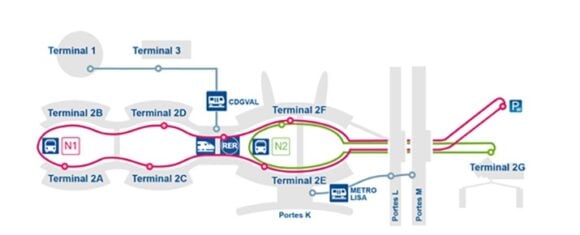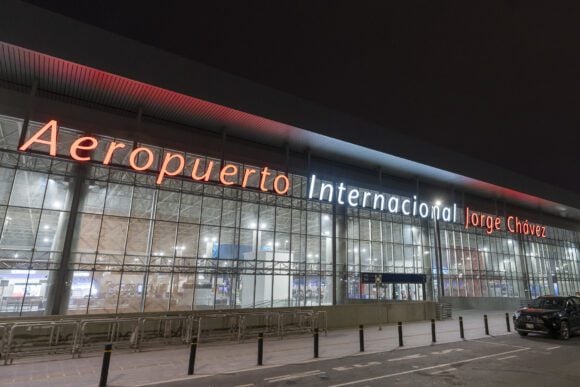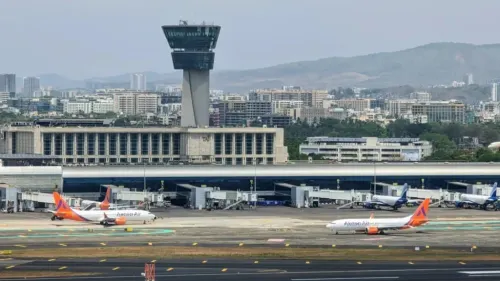
aeroporto congonhas cgh minsterio porto e aeroportos divulgacao widelg
On March 25th, São Paulo’s Congonhas Airport launched an extensive development project. Executives from AENA Brasil, government officials, press members, and the airport community gathered to introduce the “New Congonhas Airport” initiative. AENA’s plan involves a significant investment of R$2 billion (around US$400 million), with construction scheduled from October 2023 to June 2028. The project aims to improve the airport’s infrastructure for users and airlines.

The project addresses several operational challenges at Congonhas, including the runway’s and nearby infrastructure limitations, the taxiway’s arrangement, and the current terminal’s proximity. Issues such as a shortage of boarding gates and positions for medium-sized aircraft, the lack of rapid exit paths reducing slot availability, and interference between executive and commercial flights have been highlighted. Additionally, the project will tackle inefficient access points to the airport, given its high passenger volume.
Plans include demolishing existing hangars and part of the current terminal to create space for a new terminal area, doubling the size to accommodate over 29 million passengers annually. The development will add seven telescopic jetways, bringing the total to nineteen and eighteen remote positions. The Varig hangar, recognized for its historical value, will be repurposed as a boarding area.

Enhancements will also focus on airside safety, introducing a new taxiway and a rapid exit named Golf (G) to streamline landings and takeoffs. Additionally, the project plans direct access to Line 17 – Gold of the São Paulo Metro, set to open in June 2026, to improve passenger access.
Congonhas Airport is a major hub in Brazil’s aviation network and the second busiest in the country. It handled over 22 million passengers in 2023 via 230,000 operations. The expansion comes after AENA took over the concession in August 2023, following a government auction in 2022, to address recent operational issues.
Views: 164



